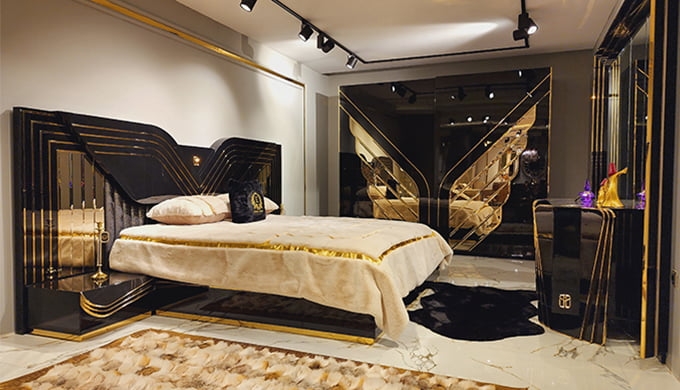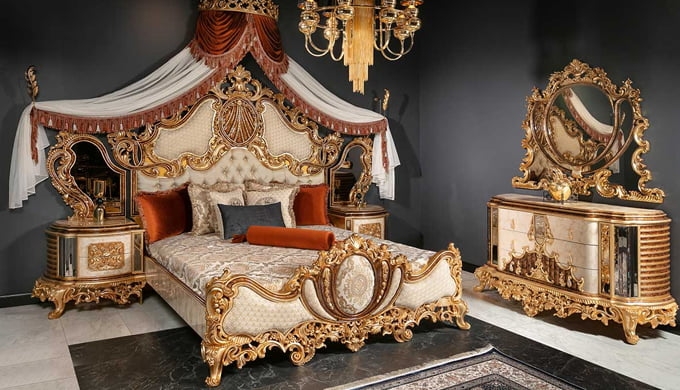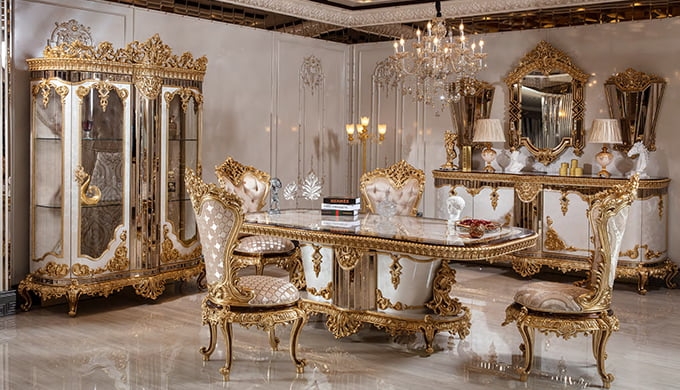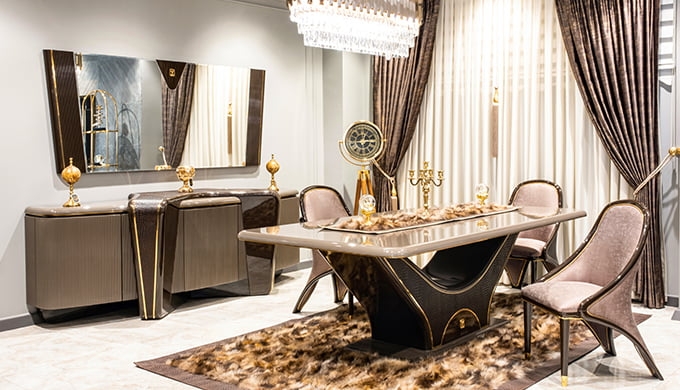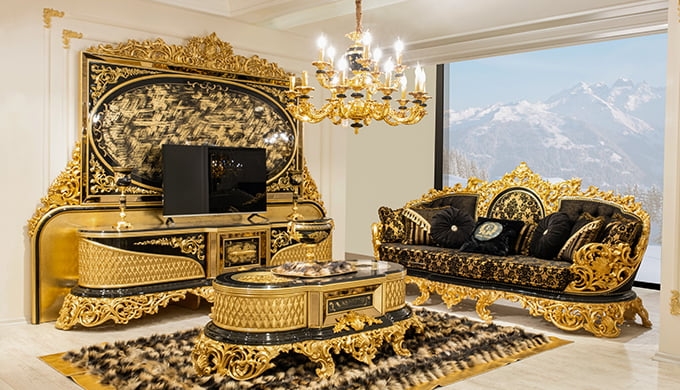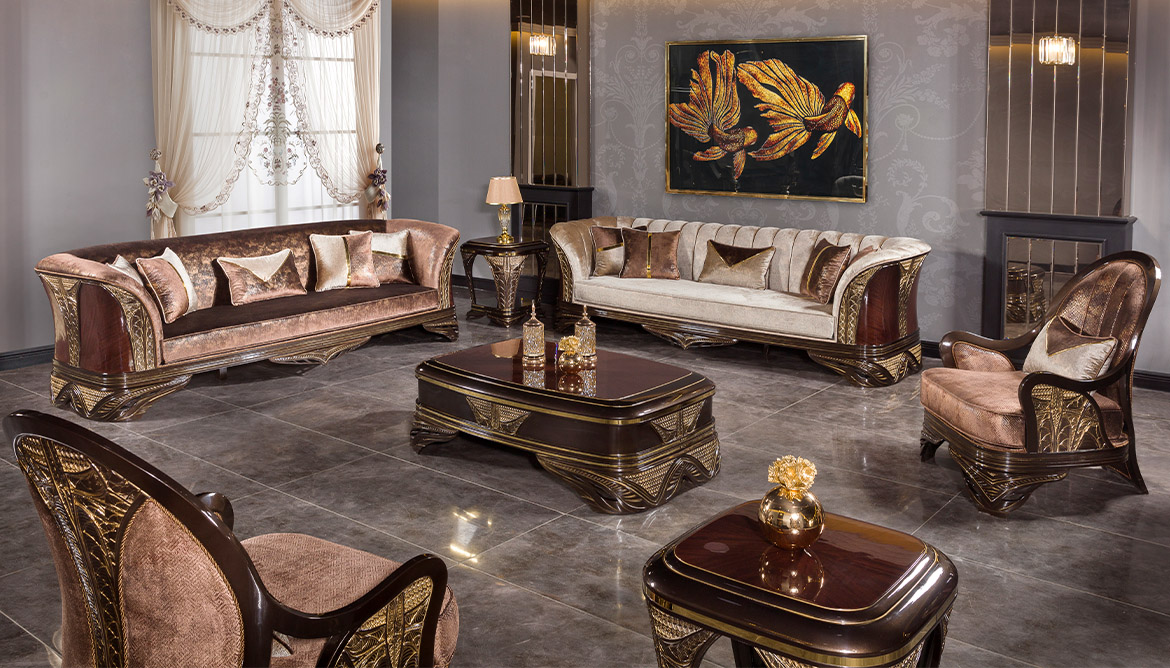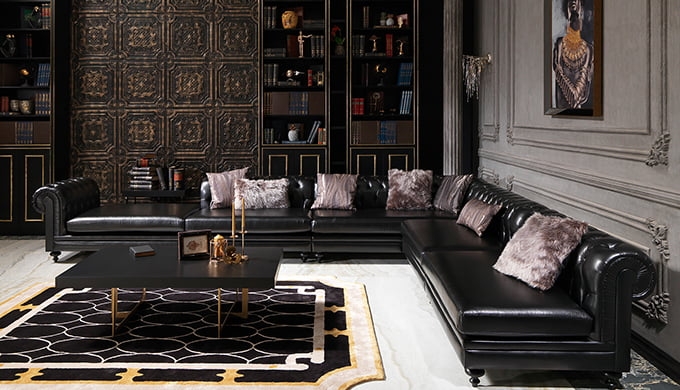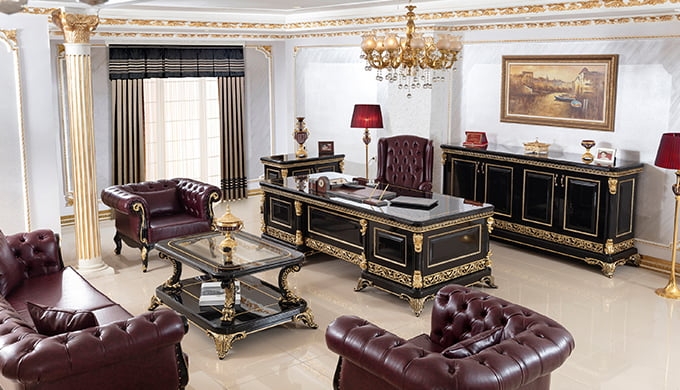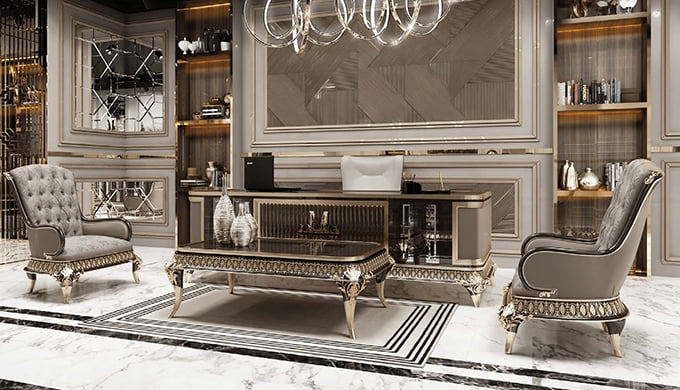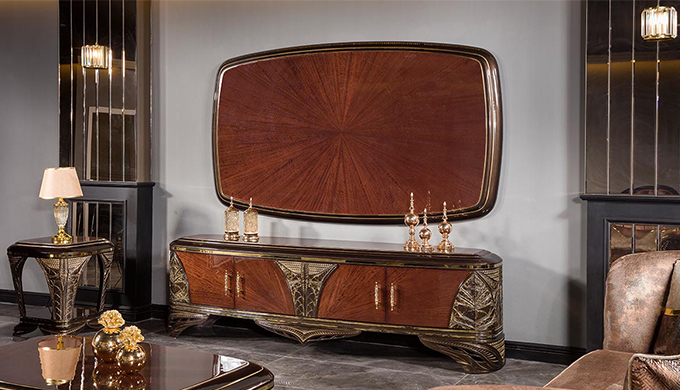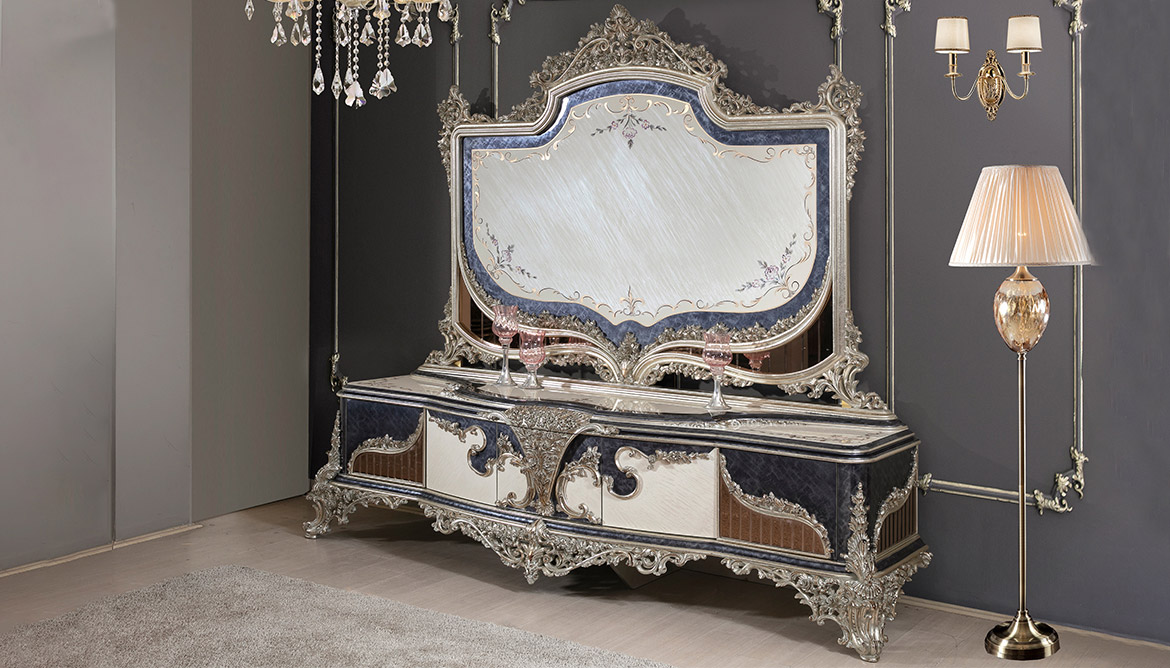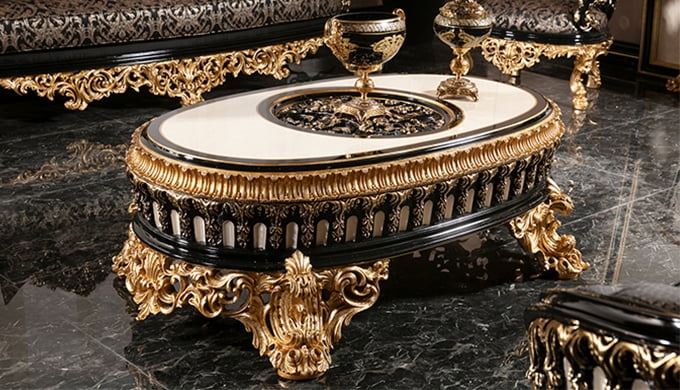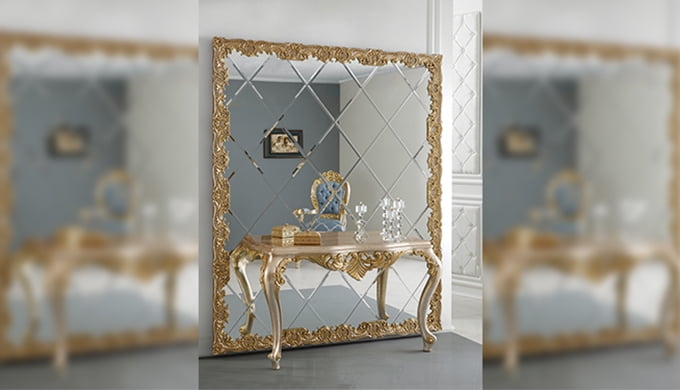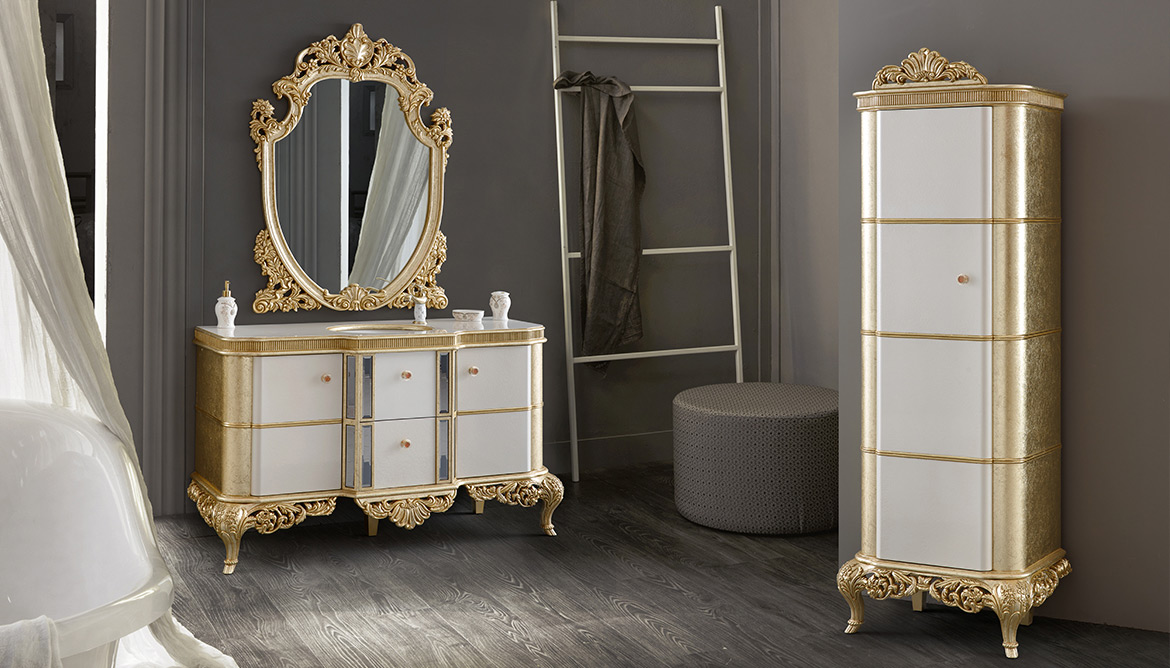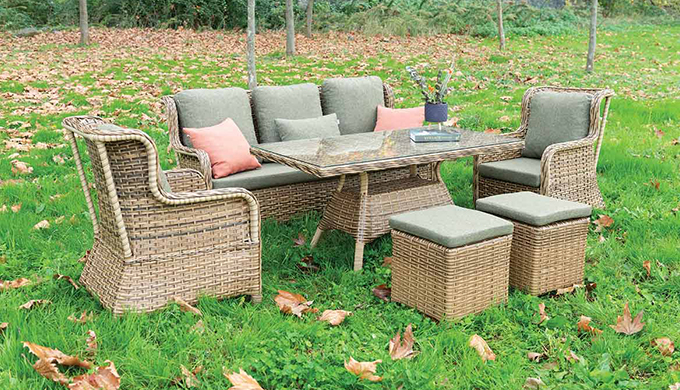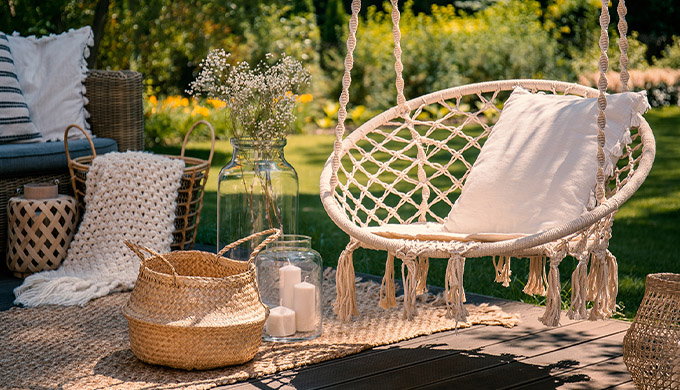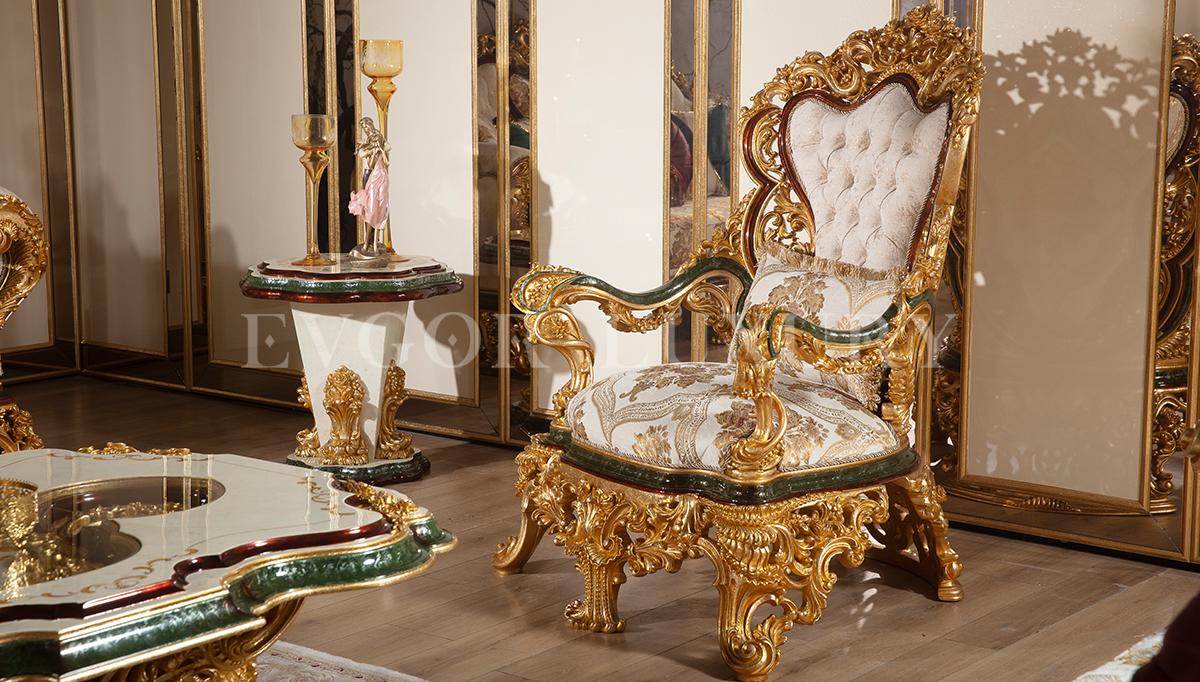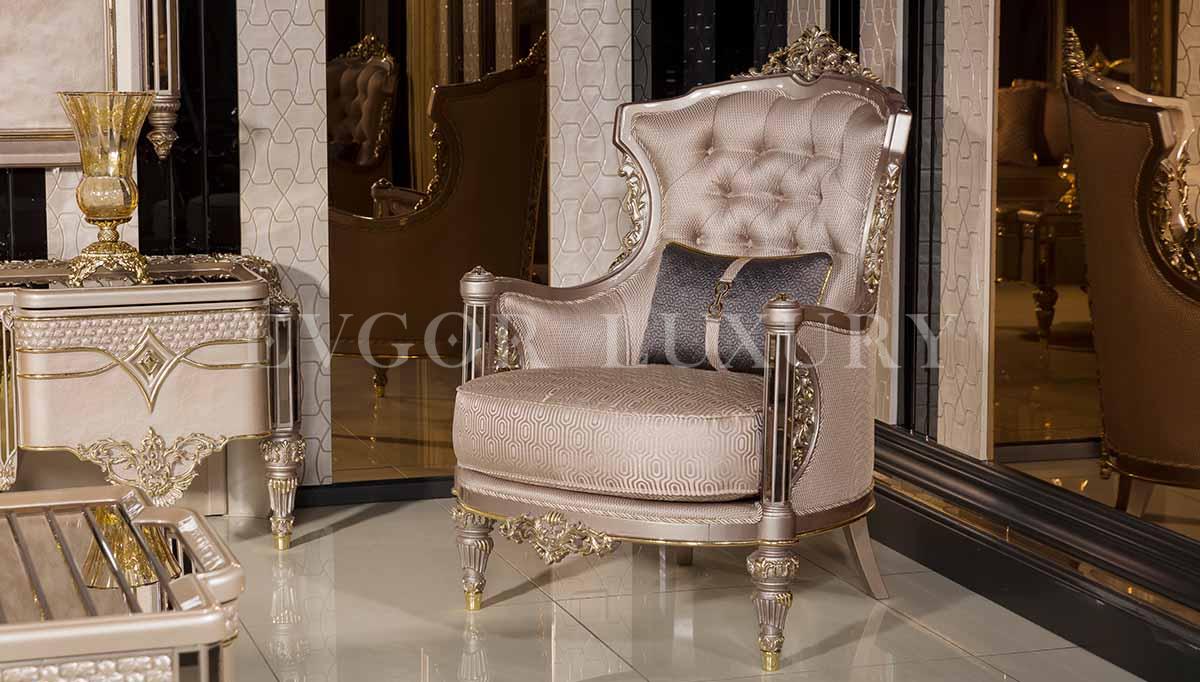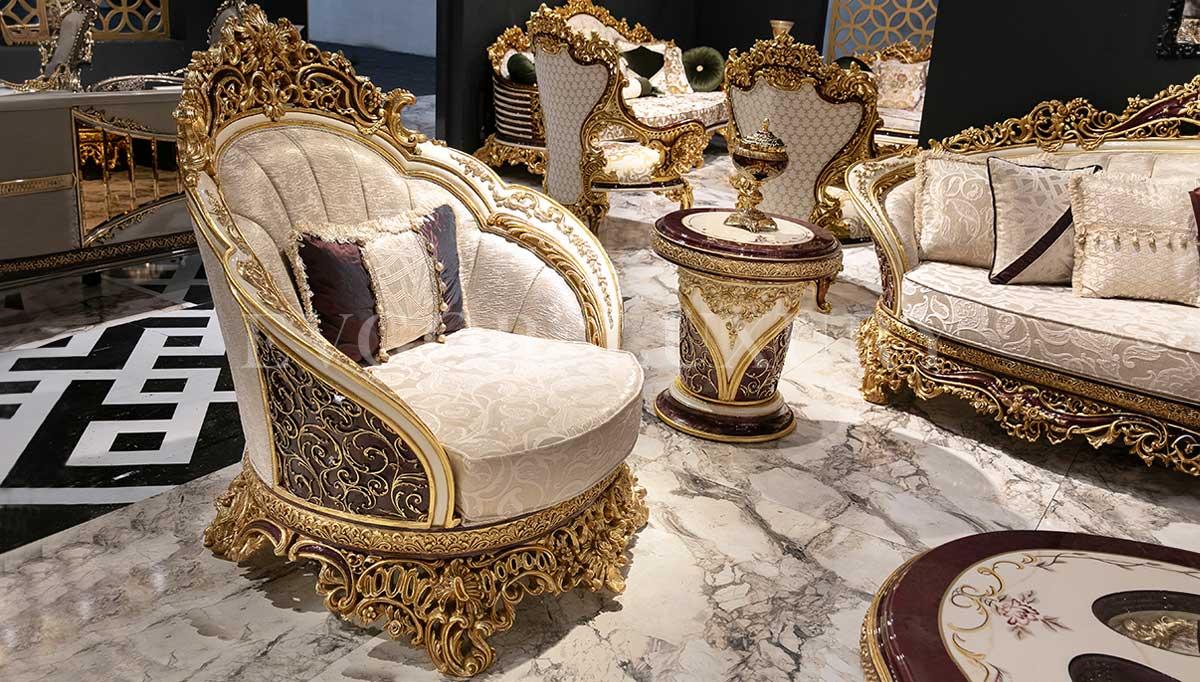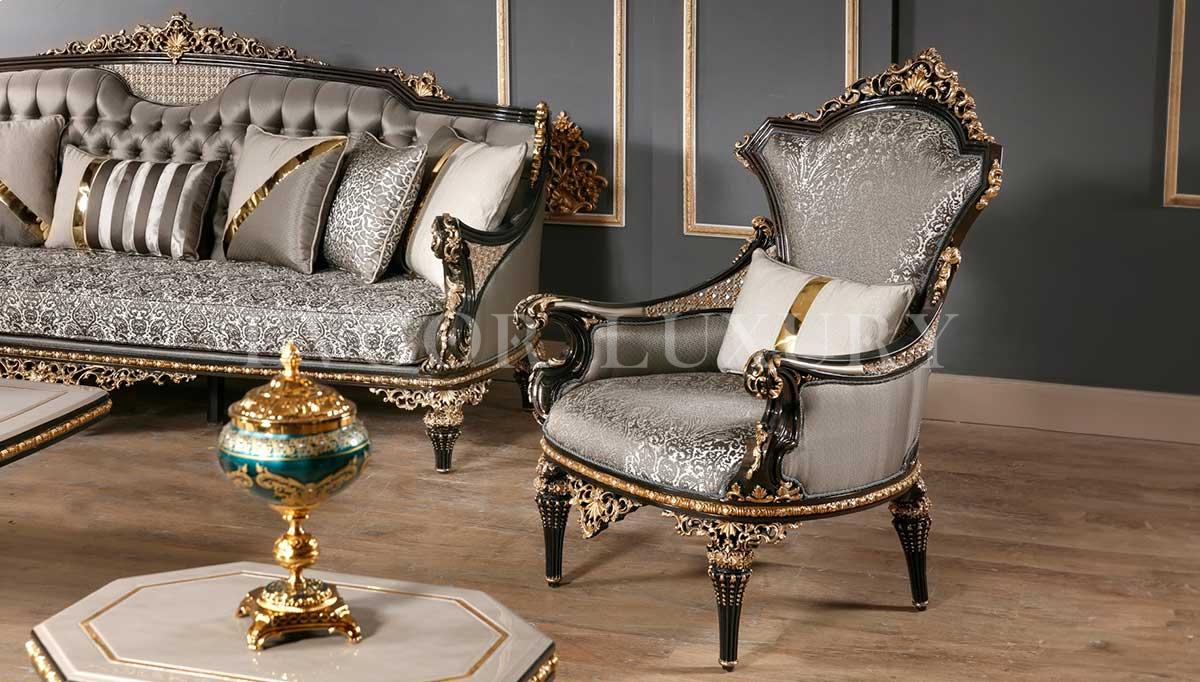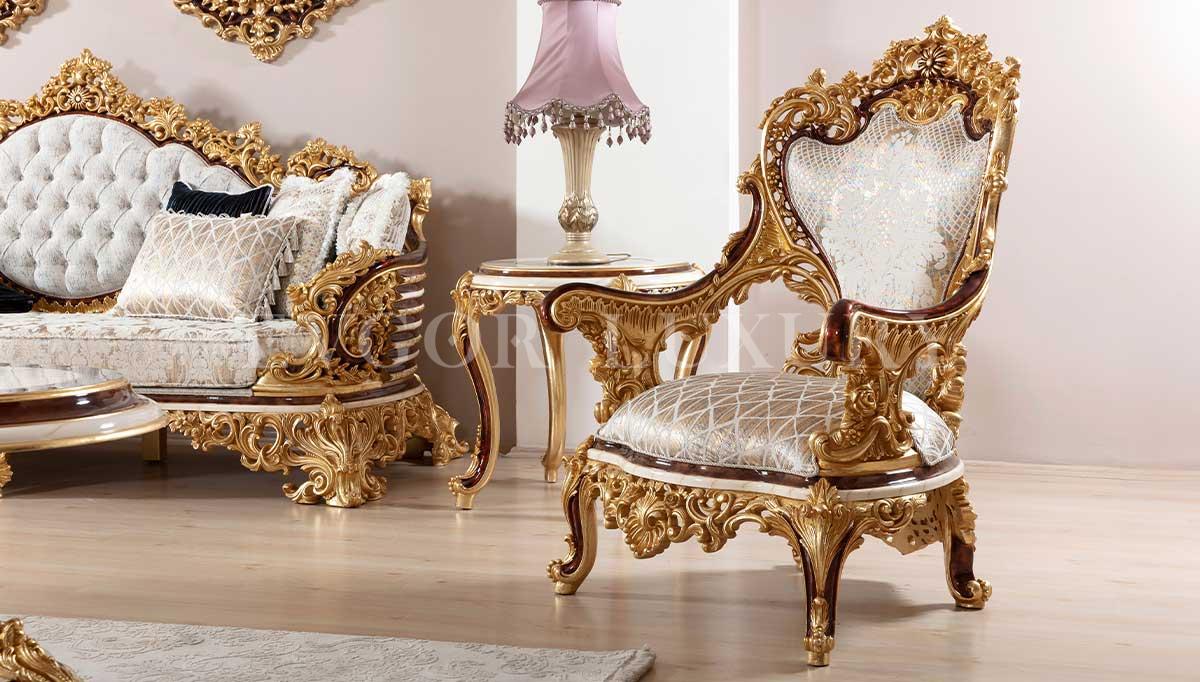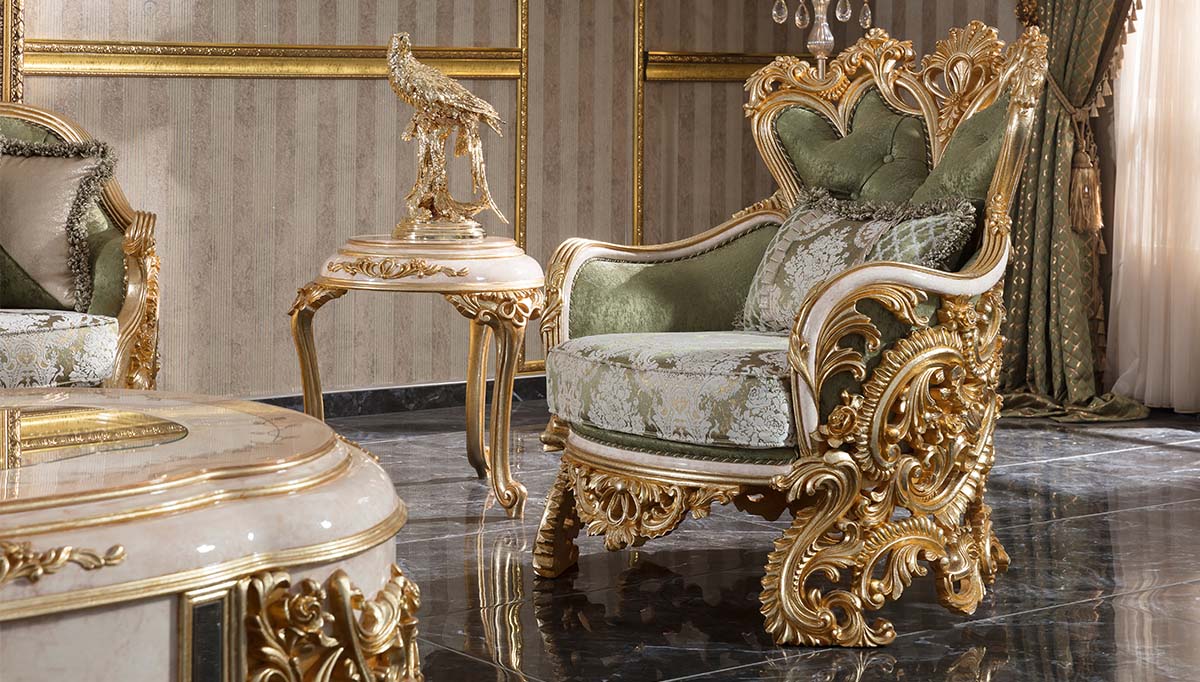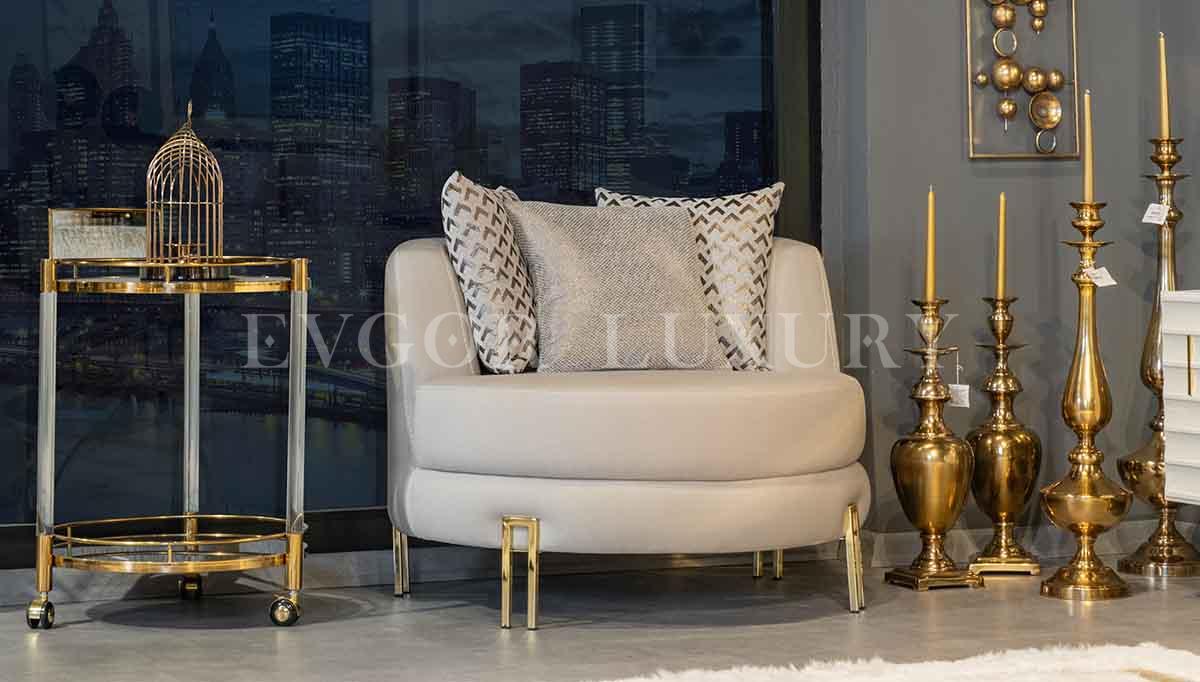Armchair
An armchair is a versatile and essential piece of furniture in any home, providing comfort and style to living rooms, bedrooms, offices, and even outdoor spaces. These chairs are designed not only for relaxation but also to add visual interest and complement the decor of a space. When selecting an armchair, it's important to consider its function, style, materials, and how it will fit with your existing furnishings. Here’s a detailed guide on the various aspects of armchairs to help you make an informed decision.
Types of Armchairs
- Club Chair: A classic design with deep seats and plush upholstery, typically made from leather. Club chairs are perfect for creating a cozy reading nook or adding a touch of sophistication to any room.
- Wingback Chair: Characterized by its high back and wing-like side panels, the wingback chair is ideal for lounging and offers considerable support and comfort. It's often used in more formal settings but can also be adapted to casual environments depending on the fabric.
- Recliner: Recliners are armchairs that feature a reclining back and often a footrest that can be extended by a lever or button. They provide excellent comfort and are ideal for watching TV or napping.
- Slipper Chair: This armless, upholstered chair has a low seat and is often used in bedrooms or dressing rooms. Its sleek profile makes it suitable for smaller spaces.
- Chesterfield Chair: Known for its quilted or tufted style and rolled arms, the Chesterfield chair is a statement piece that adds elegance and an old-world charm to any space.
- Swivel Chair: These armchairs can rotate 360 degrees and are typically used in offices or as part of a living room set for added convenience and mobility.
Materials and Upholstery
- Leather: Durable and easy to clean, leather armchairs age well and gain character over time. They’re ideal for a classic look and are often used in club and Chesterfield types.
- Fabric: Available in countless colors and patterns, fabric upholstery allows for greater customization. Fabrics can range from luxurious velvets to casual cottons, fitting any decor style.
- Wood: Exposed wood frames can provide a rustic or traditional look. The type of wood and finish can greatly affect the chair's style and durability.
- Metal: Often used in modern armchair designs, metal can offer a sleek and industrial look. It’s commonly used in the frame construction of contemporary armchairs.
Considerations for Choosing an Armchair
- Size: Make sure the armchair fits comfortably in your space without overcrowding it. Consider both the size of the room and the scale of other furniture.
- Comfort: Try out the armchair before purchasing if possible, to ensure it meets your comfort needs, especially if you plan to spend significant time in it.
- Style: Choose a style that complements the existing decor of your room. Whether modern, traditional, or eclectic, the armchair should enhance the room’s aesthetic.
- Function: Consider how the armchair will be used. Will it be a focal point in a room, a secondary seating option, or functional furniture for everyday use?
- Color and Pattern: Select colors and patterns that fit with the current room palette or offer a bold contrast as a statement piece. Consider how the color will interact with other elements in the room.
Styling Tips for Armchairs
- Pillows and Throws: Adding a decorative pillow or throw can not only enhance comfort but also introduce more color and texture to your space.
- Positioning: Place the armchair in a way that encourages conversation or complements the focal points of the room, such as facing a fireplace or with a view out a window.
- Accessories: Consider pairing your armchair with a side table or floor lamp to create a perfect spot for reading or relaxing.
